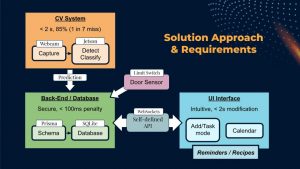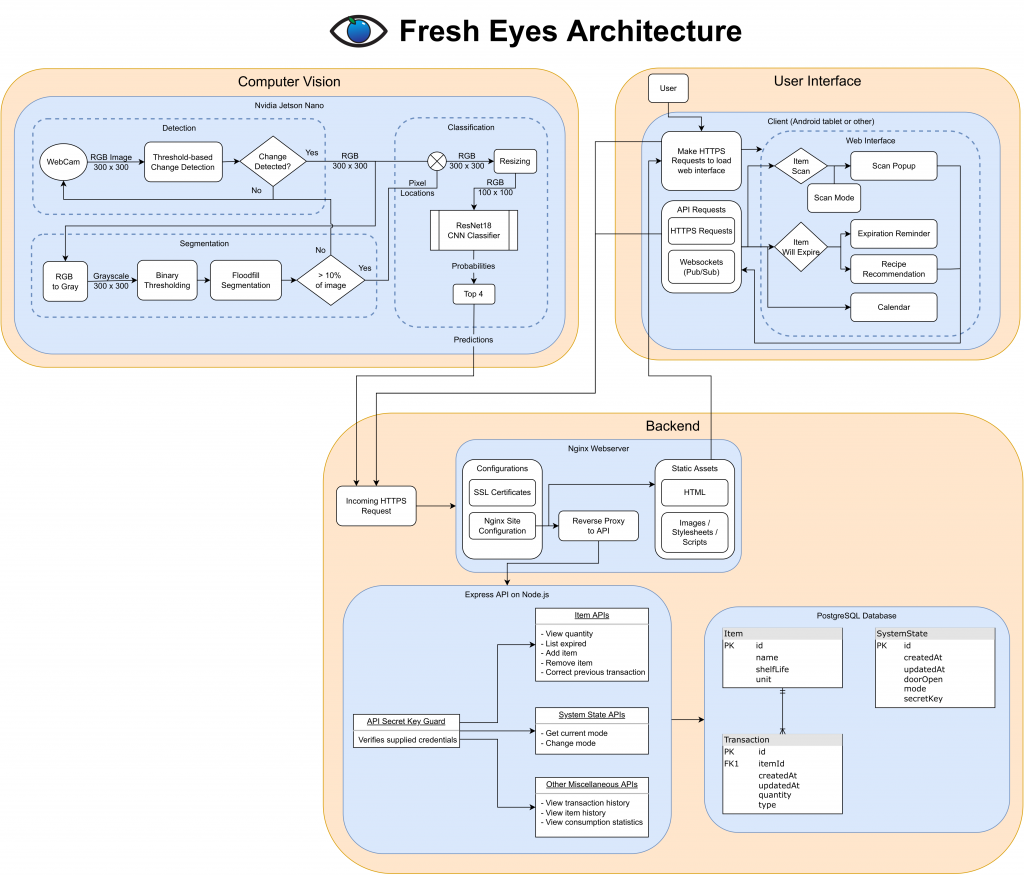Most of this week was spent preparing for the final presentation, demo and posters, and A LOT of testing. We also managed to install the fully integrated system on an actual fridge!

Since most of the individual work has already been completed, most of our time this week was spent testing our integrated system together and ironing out bugs with the CV, front-end and back-end side. Besides this, we also worked on the final presentation and poster. Both the presentation and the poster seems to have turned out well, and we’re really excited for the final demo and to see how the project fares overall!
Next week, we will continue to work on the final video and poster. However, testing has also revealed some improvements and features that we could add, both on the frontend side (related to UX design like button sizes/placement), and the backend side (email notifications). That being said, we are ahead of schedule (now making reach goals and extra features, i.e. non-essential), and are really excited for our final demo and video!!!
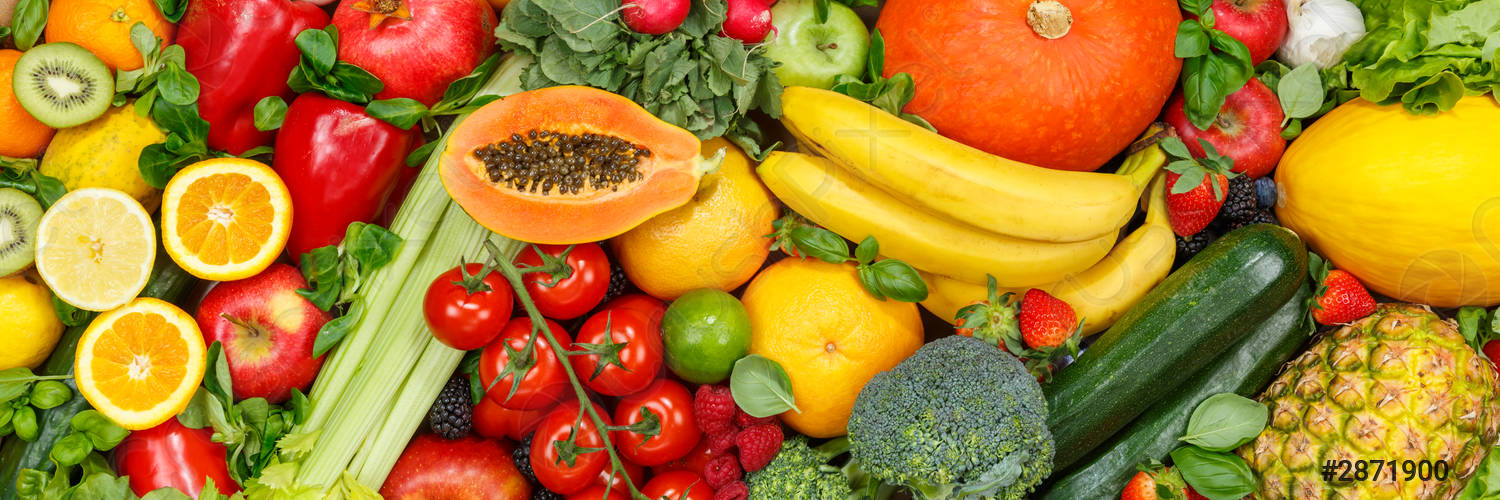


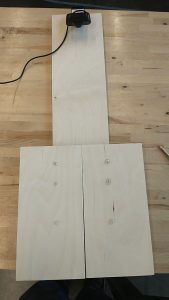
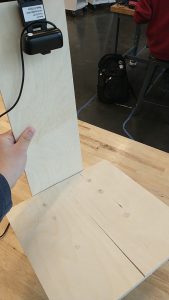
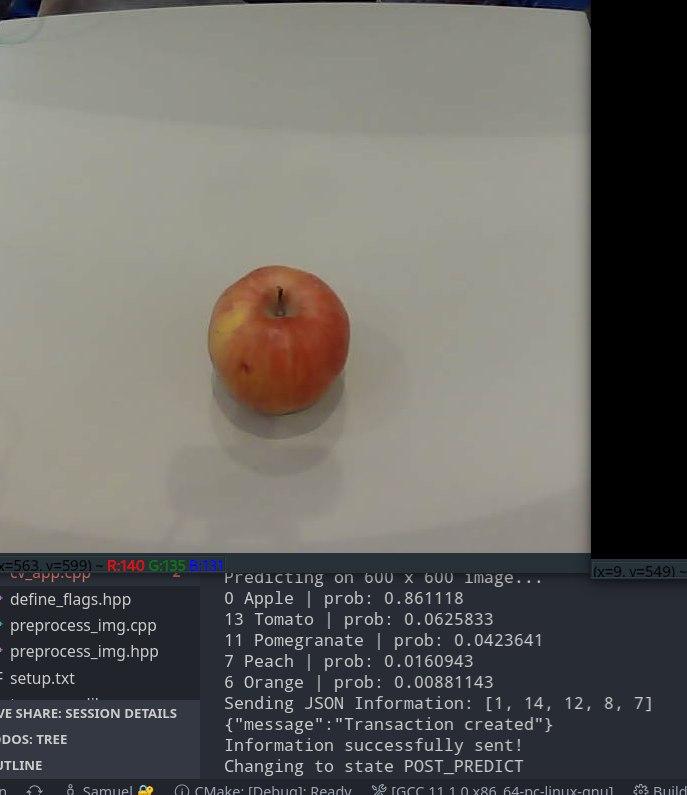
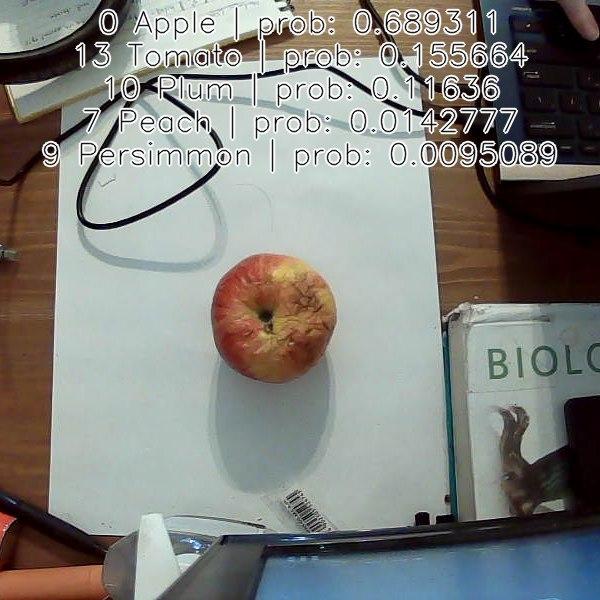


 I also continued work on the back-end API, adding logic for when items are replaced to the fridge. This ensures that the item count and expiry dates remain correct, even when the same item is removed and placed back into the fridge.
I also continued work on the back-end API, adding logic for when items are replaced to the fridge. This ensures that the item count and expiry dates remain correct, even when the same item is removed and placed back into the fridge.